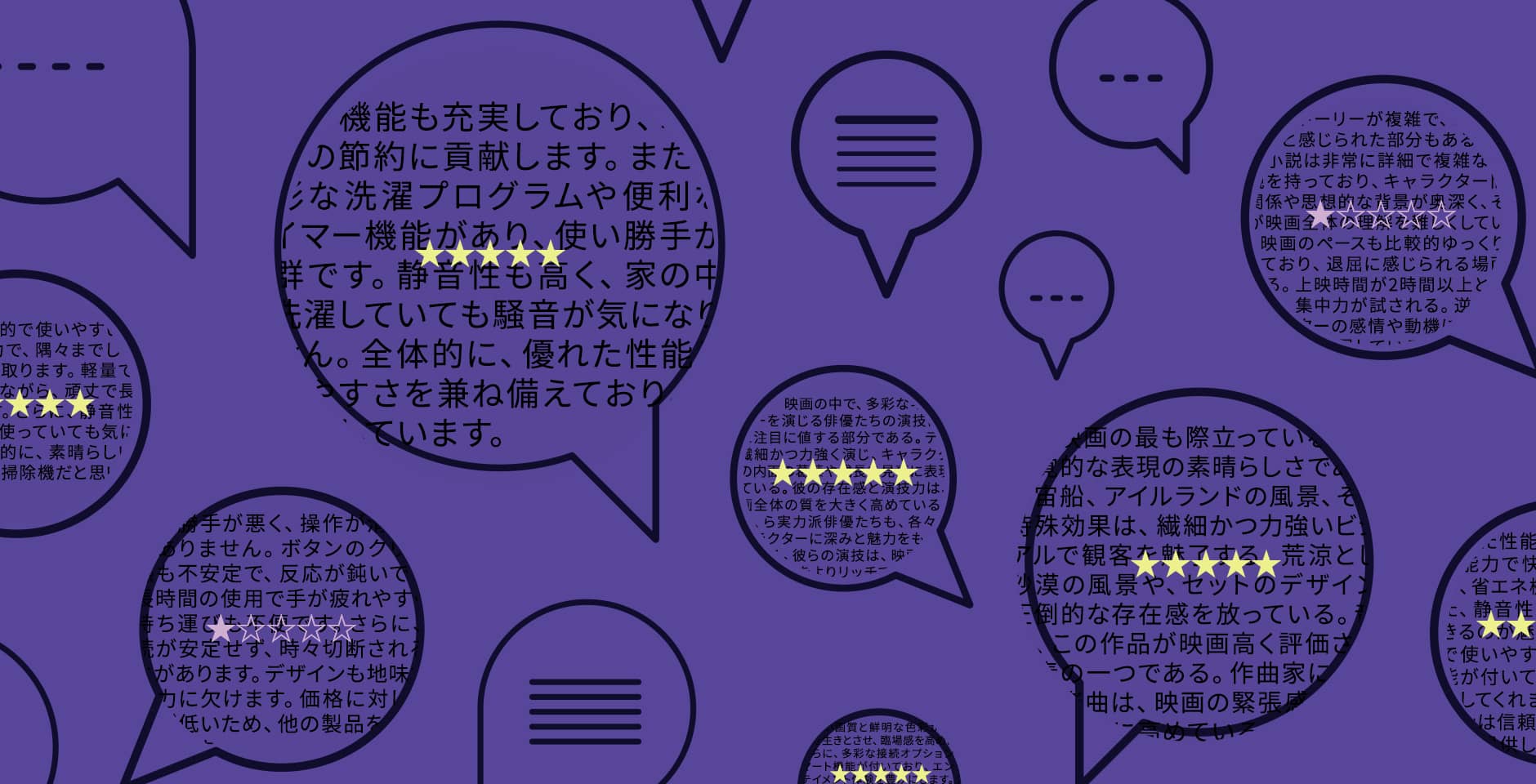Electronic word-of-mouth (e-WOM) is attracting attention in marketing research. Associate Professor Mai Kikumori conducts research on the impact of e-WOM on consumer behavior. She has explored the conditions under which a unique e-WOM phenomenon occurs: “consumer evaluations become higher when negative information is included alongside positive information.”
Focusing on e-WOM that allows simultaneous viewing of diverse positive and negative information
When purchasing new products or services, many people refer to electronic word-of-mouth (e-WOM) for guidance. What kind of information posted online leads consumers to decide to buy?
“Word-of-mouth has long been actively discussed in marketing theory because it significantly influences consumers’ product evaluations and purchase decisions. One of the most important recent topics is e-WOM—electronic word-of-mouth transmitted via the internet by strangers,” explains Kikumori, who researches the impact of e-WOM on consumer behavior.
According to Kikumori, most existing research has argued that, similar to traditional face-to-face word-of-mouth, positive e-WOM has a positive influence on evaluations and purchase behavior, while negative e-WOM has a negative impact. “However, there is a major difference between e-WOM and face-to-face word-of-mouth. While face-to-face word-of-mouth is based on information from a single source, e-WOM allows consumers to simultaneously view various positive and negative information from multiple sources on the web. We need to examine the diverse array of impacts on consumer behavior while considering these unique characteristics of e-WOM,” says Kikumori.

Conditions under which negative e-WOM has positive effects
Kikumori focused on previous research that reported positive effects on consumers’ product evaluations when a certain proportion of negative word-of-mouth was included among a large number of positive e-WOM messages. She also investigated the conditions under which these kinds of phenomena occur.
First, in laboratory experiments, she examined the conditions under which the presence of negative e-WOM has positive effects on consumers’ product evaluations. She created virtual web pages displaying e-WOM with different positive-to-negative ratios (10:0, 8:2, 6:4) and had subjects view each web page before answering questions about product evaluation.
In the first experiment, she analyzed the impact on consumers’ product evaluations for two types of products: hedonic goods and utilitarian goods. Movies and manga were considered as hedonic goods, while portable media players and digital cameras were deemed as utilitarian goods. “The results of the verification showed that for hedonic goods, having a certain proportion (10-20%) of negative word-of-mouth among many positive messages led to higher product evaluations. However, for utilitarian goods, having only positive word-of-mouth resulted in higher product evaluations,” explains Kikumori.
In empirical experiments focusing on consumers’ level of expertise, she demonstrated that when consumers with high expertise read e-WOM, they evaluated target products more highly when a certain proportion of negative word-of-mouth existed rather than when all e-WOM was positive. “When only positive evaluations appear on web pages, consumers perceive that ‘only biased information is being provided’ and regard e-WOM as low-quality, unreliable information,” says Kikumori.
She also examined whether the display order of e-WOM on web pages promotes the positive effects of negative e-WOM. She explains: “The results showed that when the target product was a hedonic good and when consumers with high expertise read the word-of-mouth reviews, consumers evaluated the target product more highly when about 20% of negative word-of-mouth was grouped at the beginning rather than grouped at the end.”
Kikumori notes that two contradictory effects have been identified regarding information order: the primacy effect, where initial information has a greater impact, and the recency effect, where information presented last is more easily remembered. Analyzing these results, she explains: “Previous research suggests that recency effects are more likely to occur when information is presented continuously, so in the case of e-WOM viewing, recency effects may have been more likely to occur.”
She also found that negative e-WOM has a less negative impact when the target product is a searched good or when recipients are well familiar with the brand. “In all cases, I was able to describe previously little-known aspects of how the positive-negative ratio of e-WOM affects consumer behavior,” concludes Kikumori.
Interest in the impact of influencer communications on consumer behavior
Currently, Kikumori is interested in how word-of-mouth by influencers using social media affects consumer behavior. While it is generally believed that information transmitted by influencers with more followers has greater influence on consumers, Kikumori views this with skepticism. Recently, she has also turned her attention to focus on cultural values. “Cultural values are argued to differ significantly between nations, and previous research has presented four dimensions—‘individualism,’ ‘power distance,’ ‘uncertainty avoidance,’ and ‘masculinity’—as a theoretical framework for capturing cross-national differences in cultural values,” she explains. She has conducted verification using consumer data from Japan, the United Kingdom, and Singapore, revealing several interesting patterns. For instance, she found that those who strongly hold power distance values are more susceptible to influence from influencers with large follower counts. Her research is uncovering how cultural backgrounds shape the way consumers respond to different types of social media influence, and she plans to pursue this analysis further.
The influence of various kinds of online information on consumer purchasing behavior is vast and complex. Through her research, Kikumori continues to reveal and shed light on previously unexplored dimensions of this digital phenomenon.